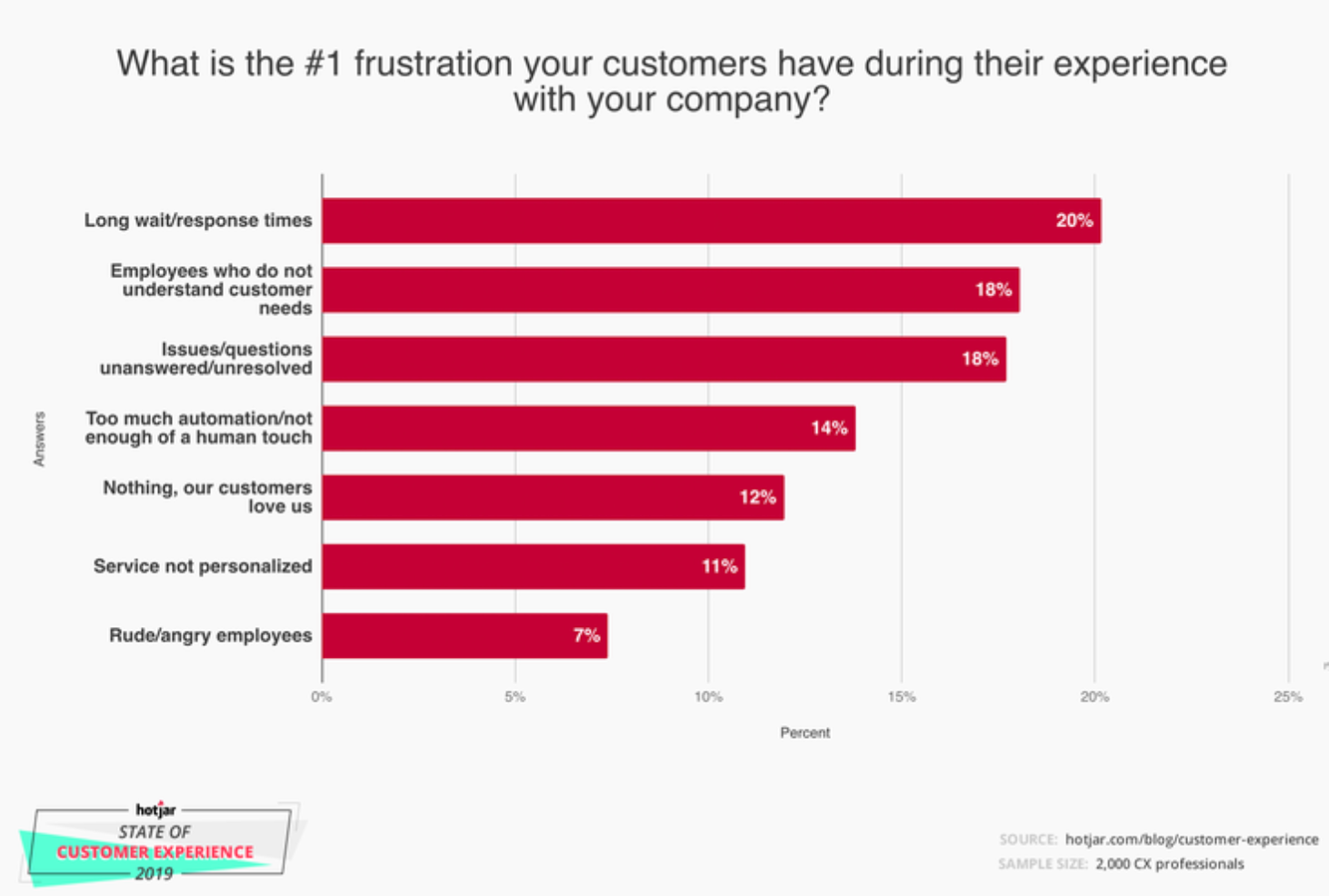
Customer Experience, sometimes annotated as CX, is one of the fastest-growing topics of conversation in the sales and marketing world. It’s a study and a practice of incorporating all aspects of the customer’s perception into something that creates loyalty and success. It involves the client’s behavior more than the understanding of the transaction. Customer service, the act of involving client service as a means of competitive advantage, is only one aspect of the customer experience.
Businesses large and small have been trying to articulate what is going to change in the emergence from the impact of the pandemic. One of the most cited topics is that of the customer experience, and rightfully so. Customers are the most sensitive to the overall experience now than they ever have been. This is a result of the perfect balance between time, choice, cost consideration, and communication variables that have been brought on in the past year. Regardless of why, we must now focus on how.
What does the customer experience look like?
Exceptional customer experiences are nearly impossible to measure because they vary greatly. The most important consideration is an adaptation to the customer’s needs. One customer might need to be catered to much more than others, but that does not limit the possibility of success with that customer. Another example that is very present can be found within technology and communication fatigue. Many marketing reps are looking to get away from the Zoom meeting rooms. The challenge is that, at least for now, the customer or prospect must be in the driver’s seat. Some may be desperate for in-person activity whereas others might still be hesitant. Again, adaptation is key.

The customer experience is also heavily multi-channel. No longer can a business compete without a digital presence. But that does not mean digital exclusivity. Companies that do CX best have many channels of connectivity and give equal value to each.
What CX is Not
Over the past few years, Amazon has been testing a new retail storefront called Amazon Go. This is a small retail shop that allows Amazon to compete with grocery and convenience retailers in populous areas. Amazon is notorious for its lack of customer support though they continue to show advancement in the CX category. There is very little interaction with Amazon’s customer service team in the traditional buying process.
When Amazon introduced the physical storefront, they adopted a similar approach. A store with no customer service, only experience. That gamble didn’t pay off. Amazon recently announced that despite the growth of this market over the past year, their losses have caused them to close many of these locations and potentially scrap the idea altogether. The lesson? Customer experience is still customer service.
In the next AIM Smarter Blog, we will look at how to measure your customer experiences and how to improve this score as you challenge your business to achieve.
by Seth Barnett, VP Content Development
Philadelphia, PA 19107
 © 2025 AIM Smarter, LLC. All Rights Reserved.
© 2025 AIM Smarter, LLC. All Rights Reserved.